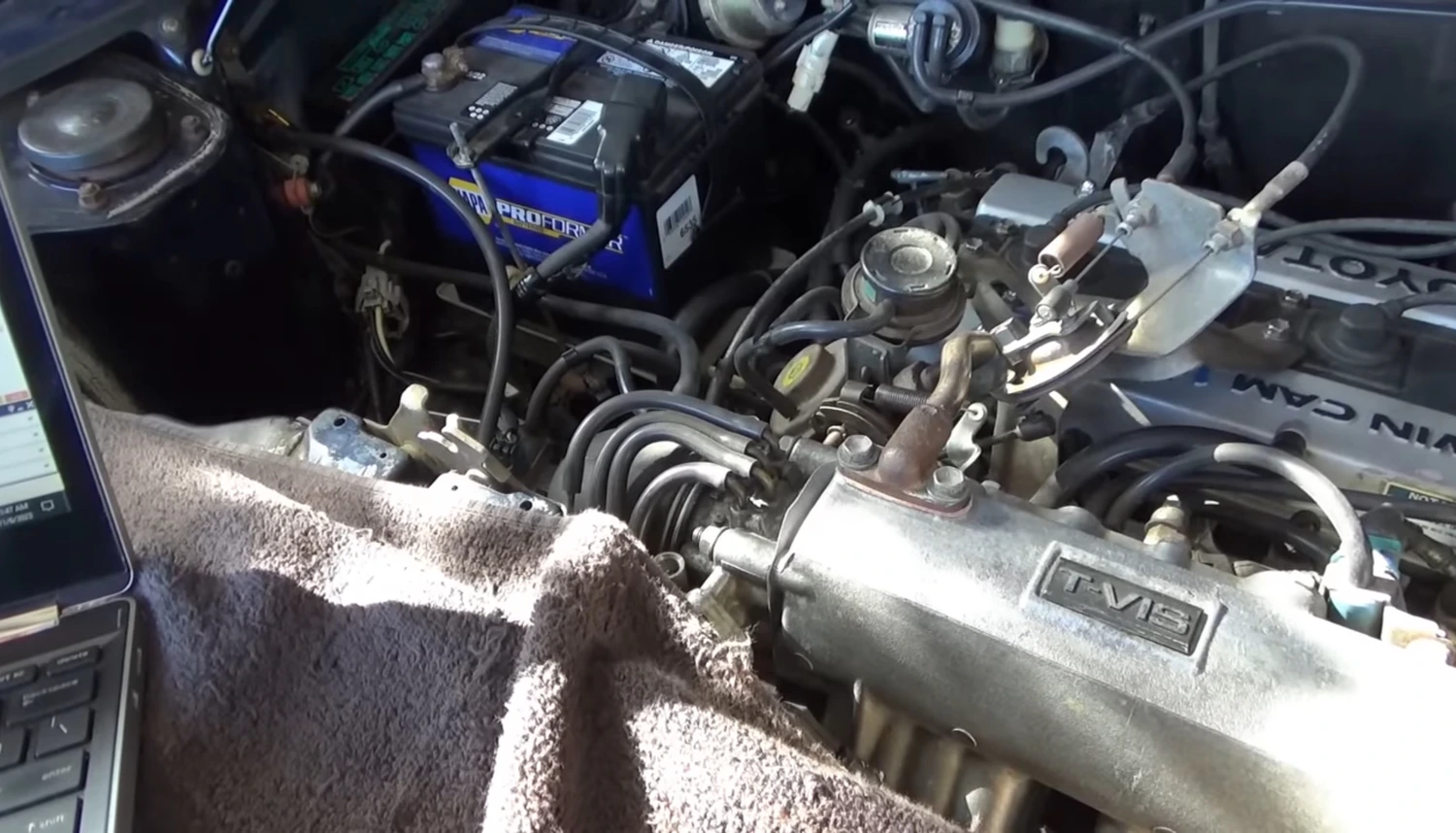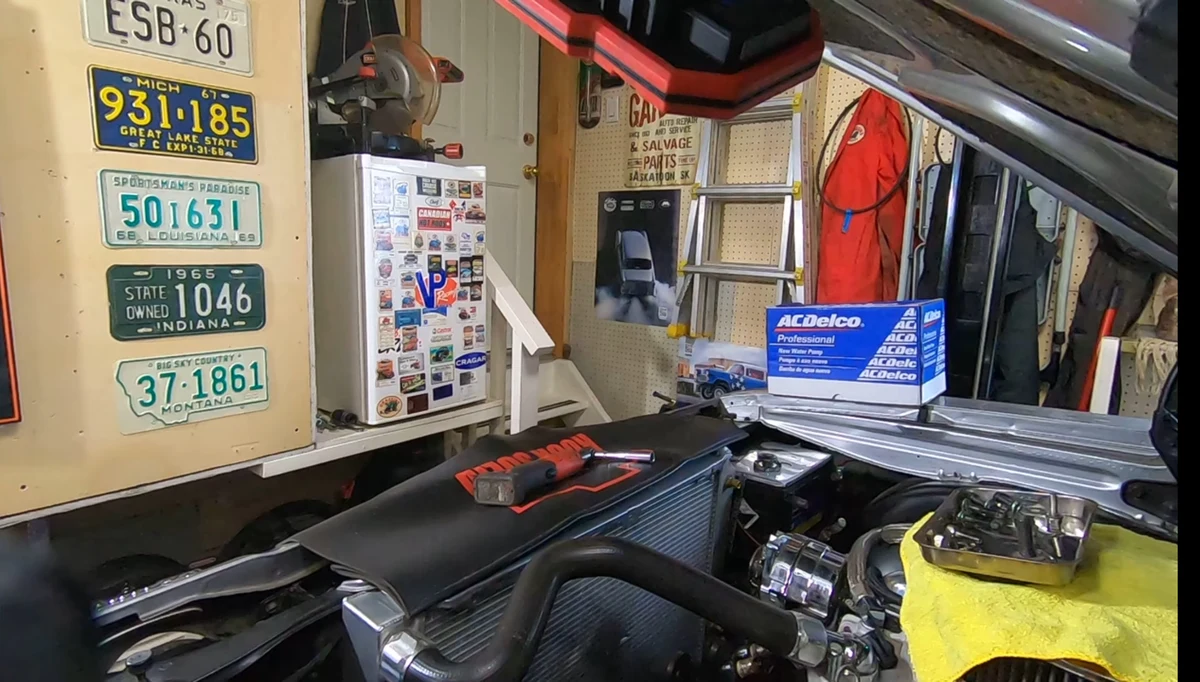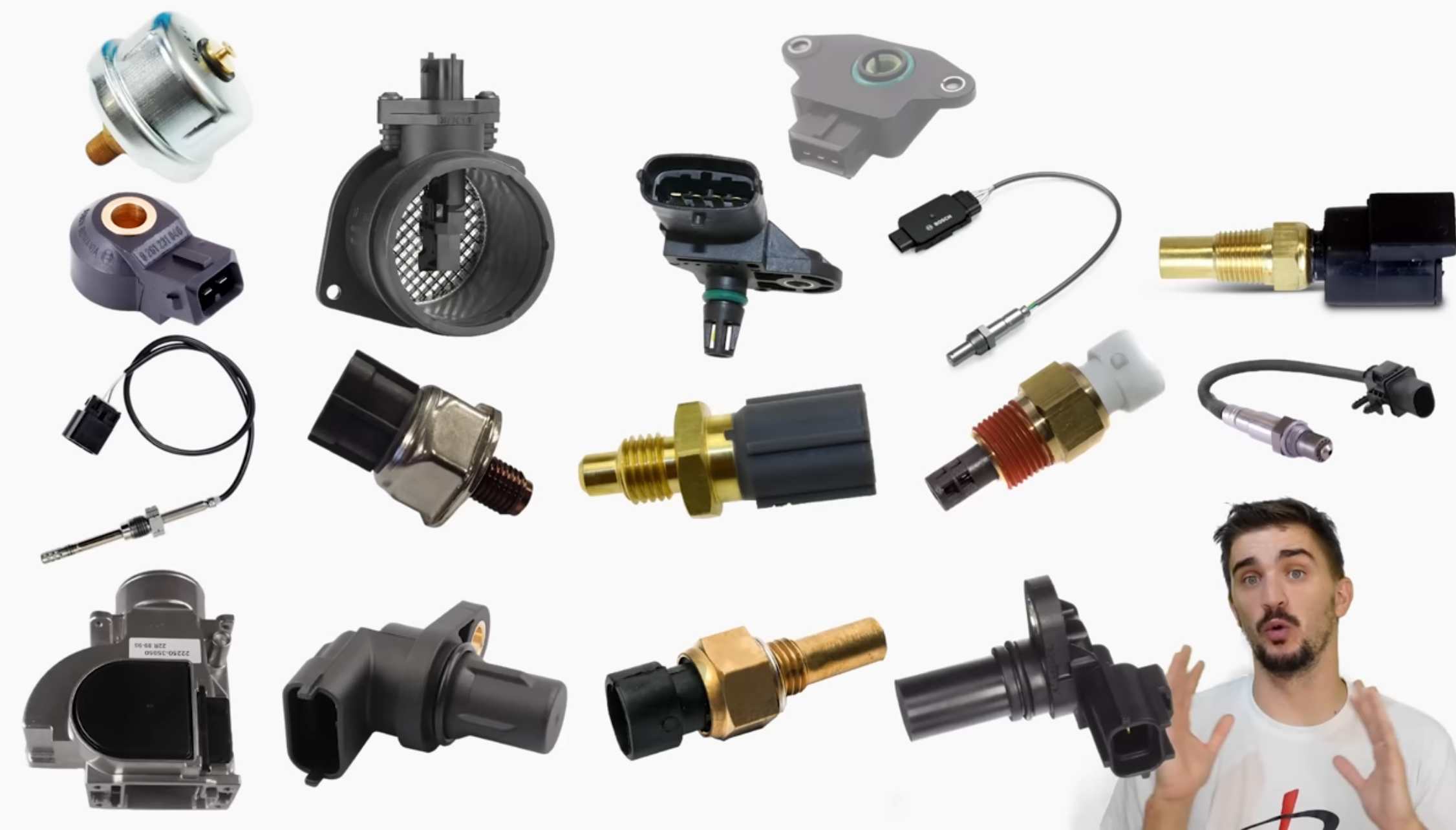The 1987 Toyota MR2 is a quirky relic of automotive history, a true “pocket rocket” from the golden age of Japanese sports cars. With its mid-engine layout, popup headlights, and analog charm, it stands as a testament to Toyota’s engineering prowess. But for the owner of this particular MR2—a barn find that sat untouched for six years—getting it back on the road has been anything but smooth. After a year-long restoration and a triumphant 6-hour drive from Connecticut to Pine Hollow Auto Diagnostics in State College, PA, the car has developed a frustrating issue: it stalls at idle when warm and becomes nearly impossible to restart.
Despite enlisting the help of a Toyota Master Technician and scouring online forums, the mystery remains unsolved. Now, it’s time to apply the scientific method and dive deep into the complexities of early fuel injection, vacuum lines, and primitive diagnostic systems.
First Impressions and Initial Research
Upon arrival, the MR2 appears to be in good shape. The restoration effort is evident, with a trunk full of spare parts, gaskets, and fluids. Under the hood, the Toyota 1600 twin-cam 16-valve engine stands proud, its four fuel injectors hinting at the complexity of the diagnosis ahead. Unlike modern cars, this first-gen MR2 relies on a rudimentary onboard diagnostic system that outputs only flash codes—no scan data, no shortcuts. Every component must be manually tested, demanding a methodical approach.
Before diving in, Pine Hollow Auto Diagnostics dedicates two hours to research, printing out wiring diagrams and vacuum schematics. The MR2’s intricate vacuum system includes an EGR valve, fuel pressure regulator, and various vacuum switching valves (VSVs) that could all contribute to idle issues.
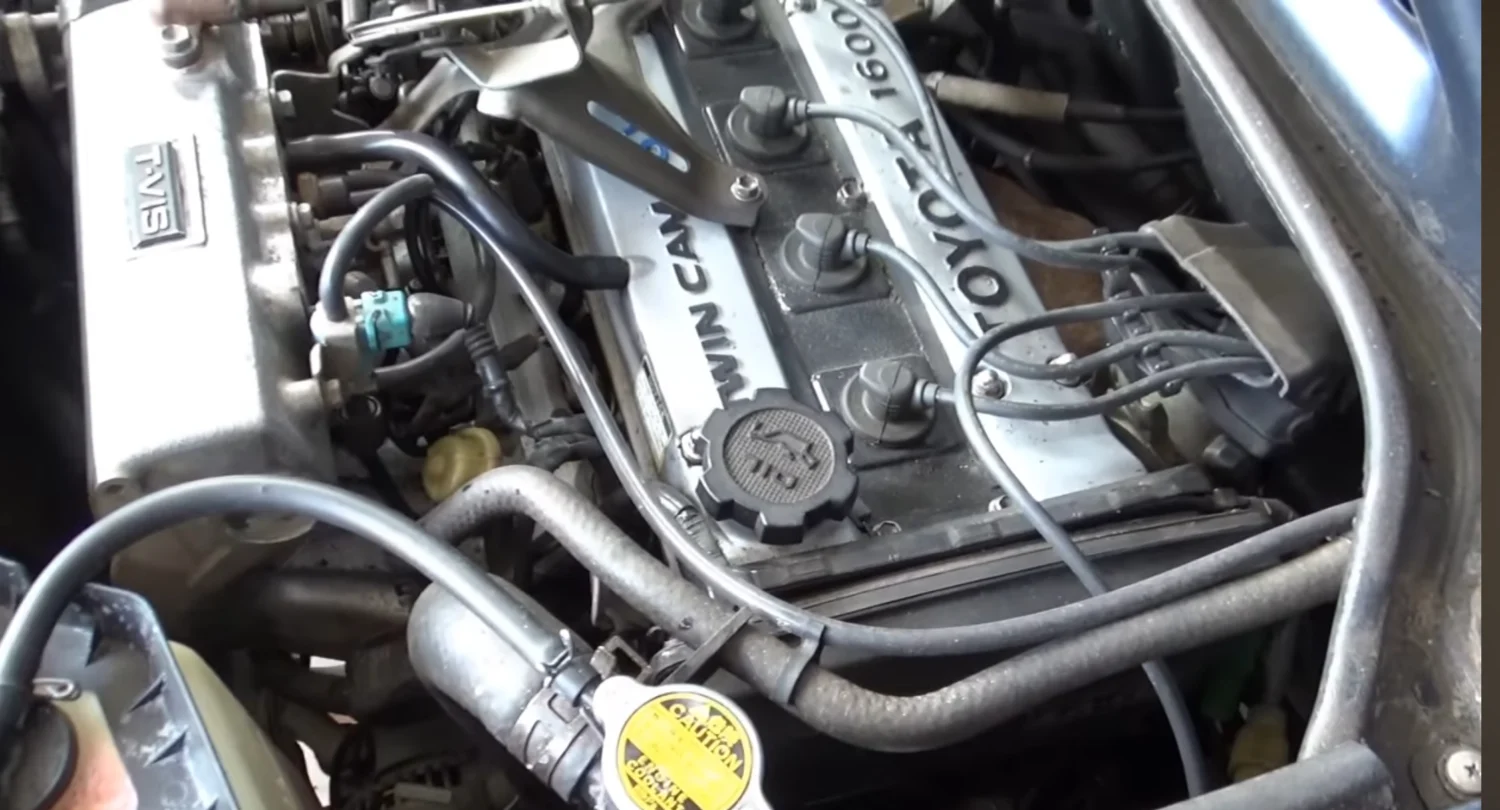
A Game Plan
With a strategy in place, the first step is to pull the car’s flash codes. Jumping the T and E1 pins in the diagnostic connector reveals a single stored code: Code 6—an RPM signal issue. The owner reports no starting problems, suggesting this may be an old code rather than the root cause.
Next, the engine computer is inspected. Signs of water damage and corroded connectors raise red flags. Before proceeding further, the connectors are treated with DeoxIT, a contact cleaner known for reviving electrical connections.
Testing the Basics
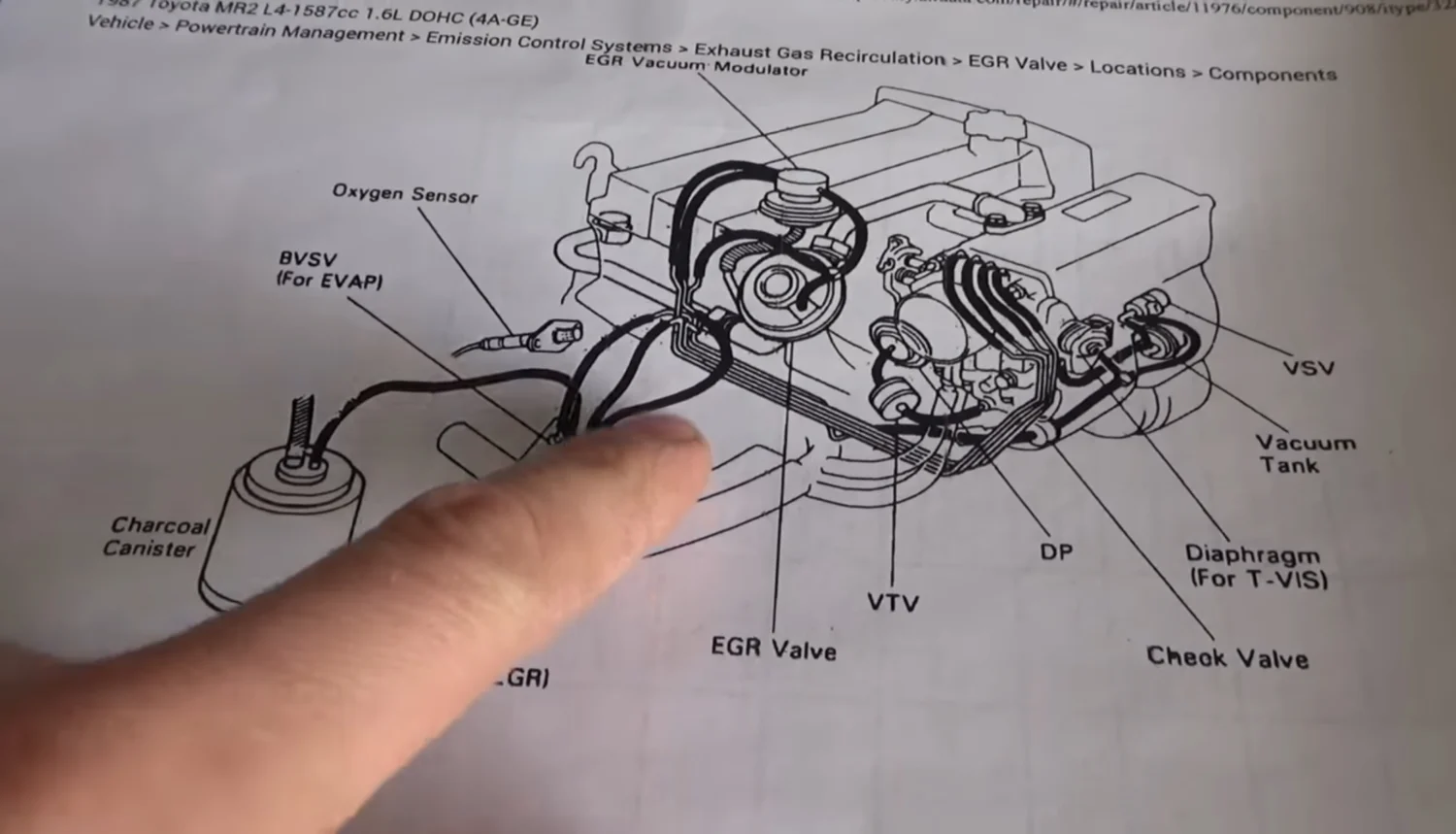
The throttle position sensor (TPS) is an early suspect. Testing reveals that the idle switch isn’t triggering as expected, prompting a slight adjustment to ensure proper readings. The idle air control valve, oxygen sensor, and ignition signals are also monitored using a four-channel oscilloscope, offering real-time insights into the engine’s behavior.
With the data streaming in, an unusual pattern emerges. The ignition feedback signal (IGF) isn’t responding correctly, potentially pointing to an issue within the engine control unit (ECU). Further testing of the coolant temperature sensor confirms proper function, while the oxygen sensor exhibits erratic behavior, suggesting the engine is running lean.

The Moment of Truth
Once the car reaches operating temperature, the symptoms worsen. The idle becomes erratic, and ultimately, the engine stalls—just as the owner described. Reviewing the oscilloscope data, it becomes clear that the IGF signal isn’t what it should be. Combined with the earlier evidence of water damage, the ECU itself is now the prime suspect.
Next Steps
Armed with a deeper understanding of the MR2’s issues, the next step is to recommend ECU repair or replacement. While the car’s quirky nature and primitive diagnostics present challenges, a systematic approach has shed light on the root cause, offering hope for a resolution.
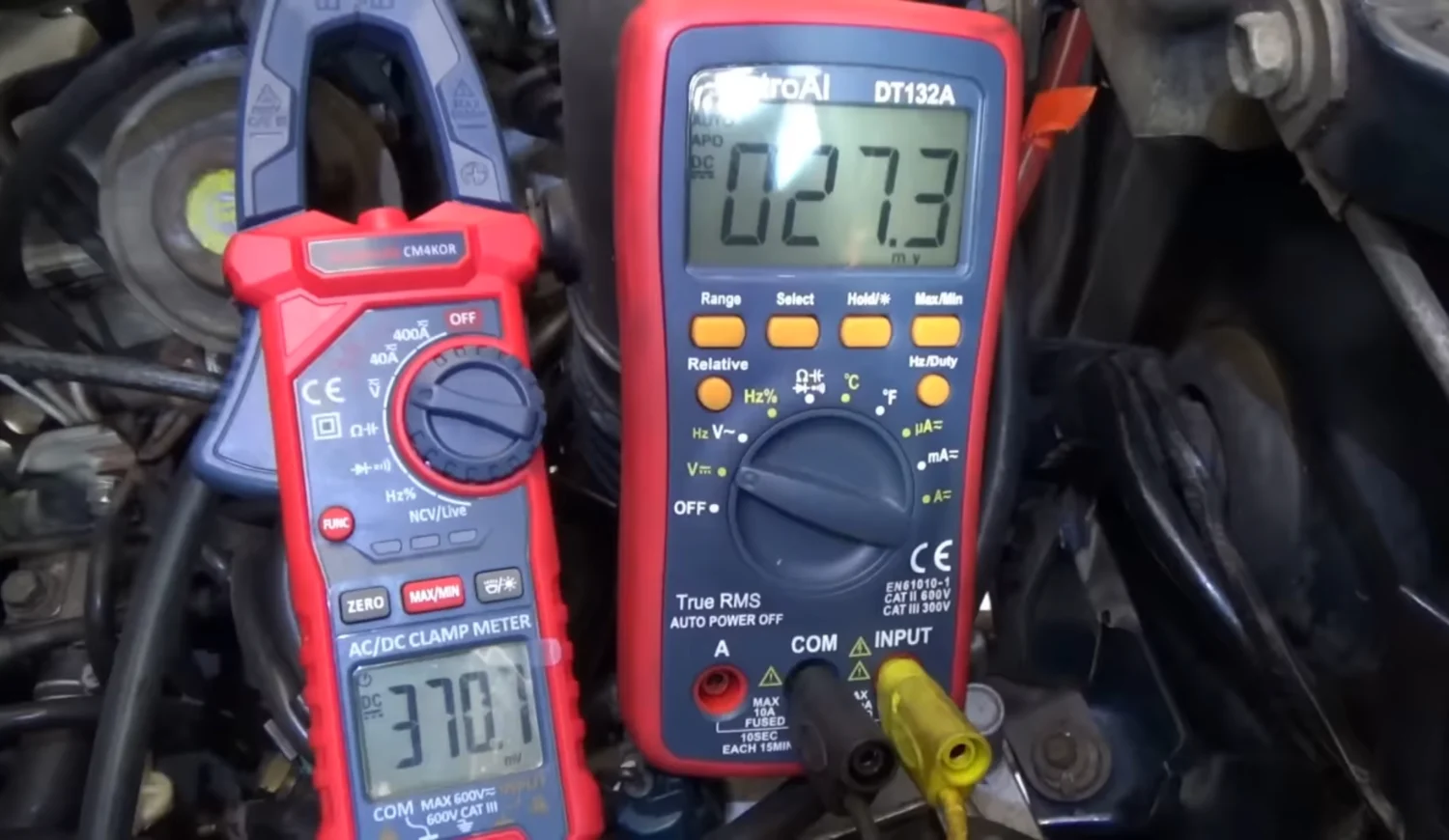
After a thorough diagnosis and countless hours of detective work, Pine Hollow Auto Diagnostics brought the MR2 back to life. While the quirky classic is now running reliably, the cruise control system remains a stubborn holdout, likely due to damage caused by moisture and rodent activity in the module. Despite this, the owner was thrilled with the results, and the car was sent back to Connecticut to continue its journey as a restored labor of love.
Restoring and diagnosing a car like the MR2 is no small feat. Early computer systems, rudimentary diagnostics, and the wear and tear of decades make these projects both challenging and deeply rewarding. With a capped 10-hour billing time despite the extra effort, Pine Hollow Auto Diagnostics showcased not only skill and persistence but also respect for the owner’s dedication to their car.
For the full journey of diagnosing and repairing this quirky gem, watch the entire 4-video MR2 diagnostic series here. See every twist and turn unfold, from discovering the root cause of its issues to those final test drives on Pennsylvania roads.
With projects like this, Pine Hollow continues to remind us why patience, precision, and passion are the ultimate tools in automotive diagnostics.
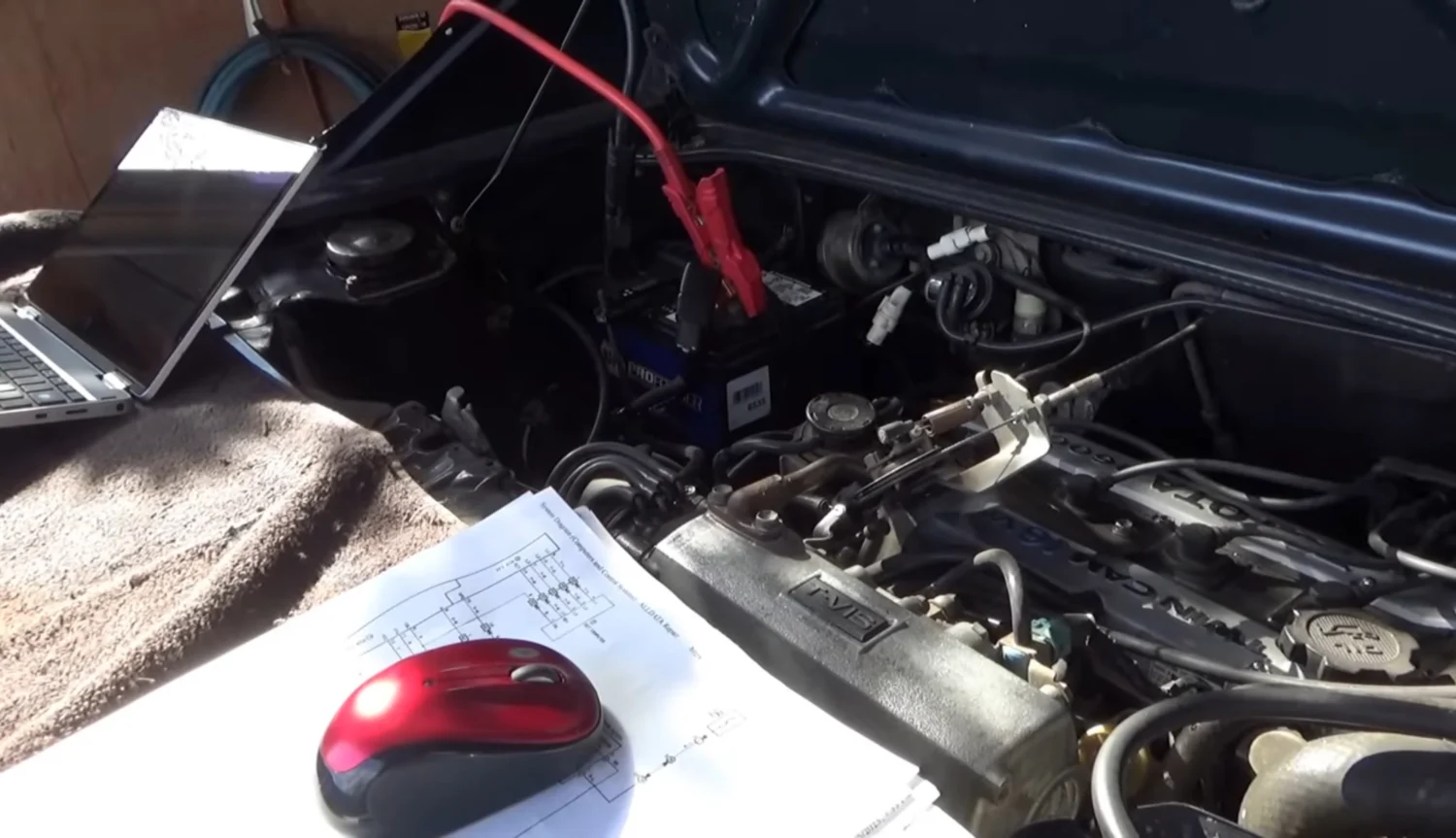
Learn More
For those who love the challenge of old-school diagnostics and enjoy seeing the scientific method applied to automotive repair, Pine Hollow Auto Diagnostics offers a treasure trove of case studies and educational content. Visit their YouTube channel here to explore their extensive library of automotive troubleshooting videos.
Stay up to date with Pine Hollow Auto Diagnostics:
- Website: pinehollowdiagnostics.com
- PHAD Amazon Store: amazon.com/shop/pinehollowautodiagnostics
- PHAD SWAG: pine-hollow-auto-diagnostics-3.creator-spring.com
With each diagnostic journey, Pine Hollow Auto Diagnostics continues to prove that patience, precision, and persistence are the keys to unlocking even the most perplexing automotive mysteries.
